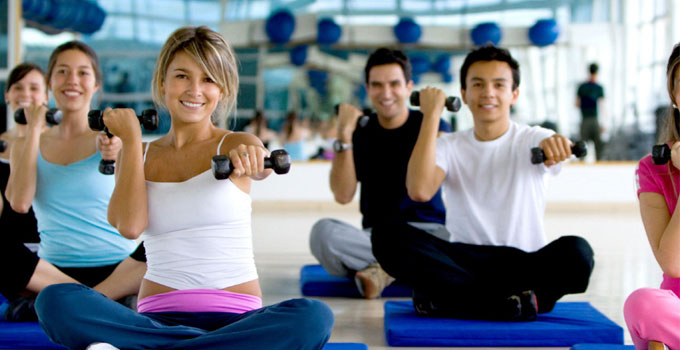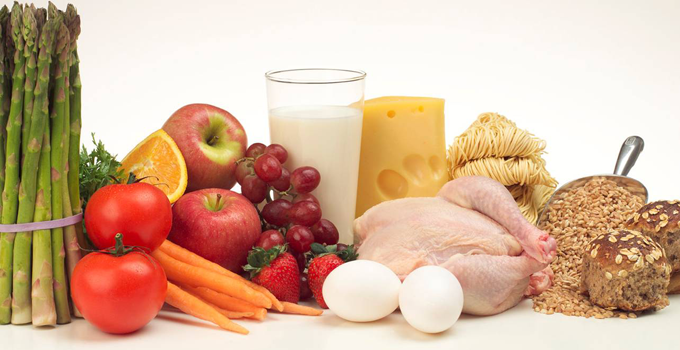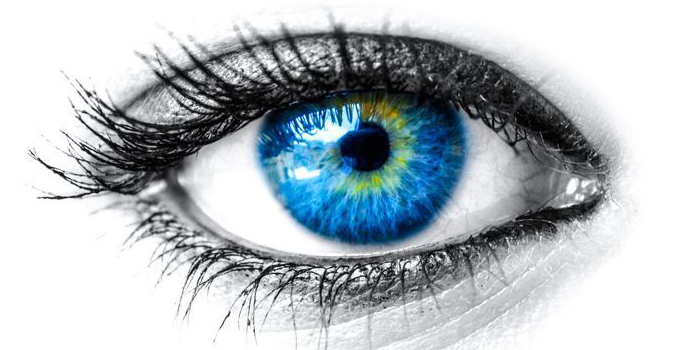
Is too much exercise bad for you?
Many once have got on to the fitness path think that if they do too much of exercise they will achieve their goals faster. Is this true let’s find out?
It is always said that too much of good is also not very nice, including exercise. Too much of exercising is actually damaging.
Everyone believes that “Exercising is good for him/her, and that more exercising is considered better…”, this is a myth. The fact is that too much exercise could actually harm you rather than benefit you. In the excitement of doing too much exercise one does not realize they can harm themselves. You will end up facing problems related to physical and emotional conditions such as injuries, bone loss, muscle loss and sometimes even heart failure.
Adequate amount of exercise helps you to build good muscles. Then you become an “exercise freak”, same like the eating disorder. And, eventually you get devastating results.
You lose weight, yes, but not the way you should– your body goes into starvation mode and releases cortisol (Cortisol is produced by the adrenal glands in your body when you are under stress. Cortisol will increase production of a neurotransmitter called neuropeptide Y, which can increase cravings for sweet or starchy foods – bad for health and fitness).
Increased cortisol inhibits any fat metabolism and breaks your muscle mass — your body basically starts eating itself. So instead of becoming a lean, mean fitness machine, you find you’ve less strength and also a weakened immune system.
Make no mistake about it, regular exercise is probably is the biggest factor in living a long and healthy life (not discounting healthy eating).
Here are several ways to tell that you’re working out too hard or Effect of too much Exercise can lead to:
- Dizziness
- Trouble breathing or maintaining a conversation
- Disorientation, foggy mental processing
- Rapid heart beat
- Dehydration
- Injuries
- Loss of lean muscle mass
- Heart failure in the absence of proper nutrition. Your heart is a muscle and over exercising could weaken it, leading to potential failure
- Weakened immune system
- Cessation of menstrual cycles, a condition known as amenorrhea
- Research shows that many female athletes who over train begin to experience bone loss that apparently can’t be reversed if the amenorrhea persists long enough.
- Sleep disorder
- Eating disorder such as anorexia
- Irritability, depression and low self esteem
Here is a checklist which will help you judge on your own if you are doing too much exercise:
- Make up for one missed workout by doubling it the next session
- You will force yourself even when you don’t want to
- When you over eat, you prefer to exercise to burn all extra calories
- You set the intensity of your exercise based on your food intake
- You might feel guilty when you miss your exercise session
- You become very upset if you miss a workout
- You always have a fear that you’ll gain weight if you miss the exercise session for a day
- You will miss the pleasure during exercise
- You can’t bring yourself to take a day off from exercise
So the next time you go to exercise stop worrying. Just have fun and enjoy your workout.

 Macro-Nutrients have always been given importance for health and athletic performance but, somewhere the micro-nutrients are completely left out.
Macro-Nutrients have always been given importance for health and athletic performance but, somewhere the micro-nutrients are completely left out.



